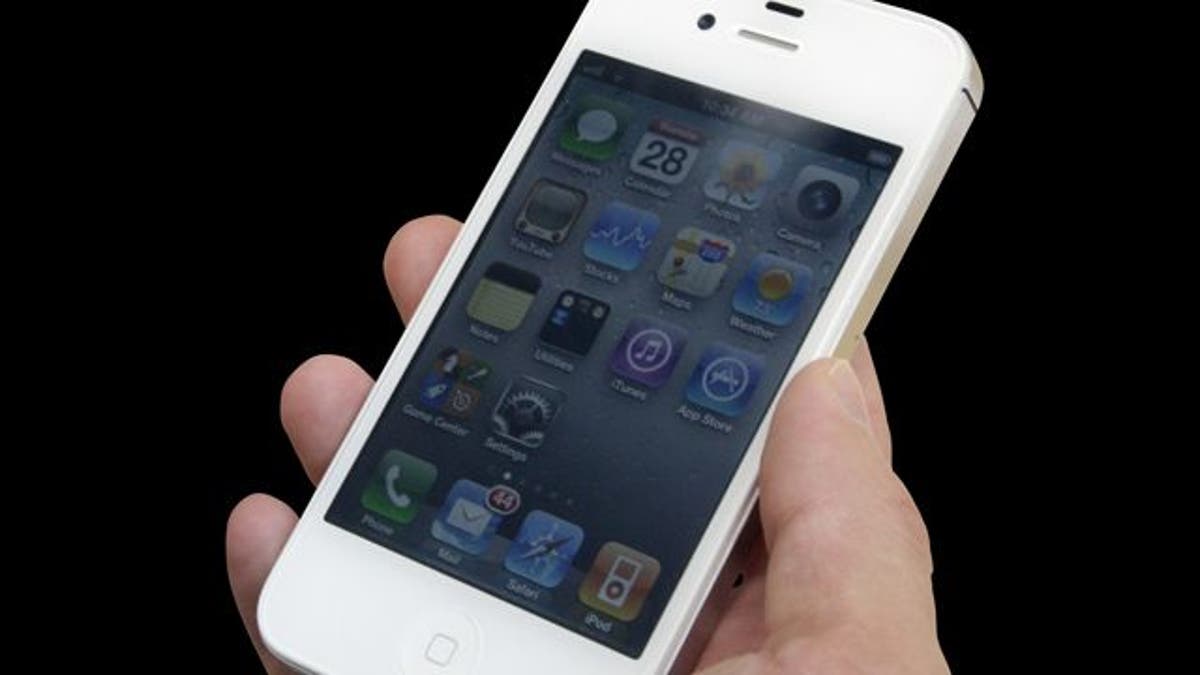
Sending patient images to ophthalmologists via smartphone may be an option for emergency room doctors looking to make a quick eye-related diagnosis, a new study suggests.
Two ophthalmologists gave higher quality ratings to inner-eye photos when they looked at the images on an iPhone as compared to a desktop computer, according to results published Monday in the Archives of Ophthalmology.
That may mean the phones can be used to diagnose and plan treatment for more obvious eye conditions - even when an ophthalmologist isn't available at the hospital, researchers noted.
"Not every hospital in the country in the ER has access to an eye doctor always," said Dr. Rohit Krishna, an ophthalmologist from the University of Missouri-Kansas City School of Medicine, who wasn't involved in the new study.
Non-eye doctors, Krishna added, "don't always feel really comfortable with eye care. So having tools in your pocket that enable you to do ophthalmologic examination elements are a great asset."
He said smartphones could be used to take and send pictures of damage to the eyelid or the front of the eye. When it comes to complicated, inner-eye photos, using a more advanced camera to take a photo - and then sending it to an ophthalmologist via smartphone for diagnosis - is also a good option, he told Reuters Health.
Using an iPhone for triage
For the new study, Dr. Valerie Biousse from Emory University in Atlanta and her colleagues collected information on 350 patients with a headache, changes in eyesight and other signs of vision problems who came to the ER for treatment. Emergency staff took photos of the interior of their eyes, including the retina, using an ocular camera.
Two ophthalmologists looked at those photos and rated their quality on a typical desktop computer, and later assessed 100 of the images on an iPhone.
Both reviewers consistently rated the phone images as the same or higher quality on a one-to-five scale than the same photos viewed on the computer.
One ophthalmologist said 53 of the photos were the same quality, 46 were better on an iPhone and one was better on the desktop. The other ophthalmologist rated the photos equally 56 times, the iPhone images better 42 times and chose the desktop photos twice.
Consulting electronically with an ophthalmologist can give ER staff a better idea of what a patient's prognosis will be, Krishna said, as well as the severity of the eye injury.
"Using (an) iPhone to transmit images to colleagues as a help with patient triage in the ER is a new concept," Biousse told Reuters Health in an email.
"ER departments are working at improving acute patient care by developing ways to access specialty consultations such as ophthalmology."
The next step, Biousse said, is to show whether or not "the triage and acute patient care are expedited and ophthalmologic consultations can be obtained faster and more accurately" when photos are sent from the ER to an ophthalmologist's smartphone.
Dr. Charles Wykoff, an ophthalmologist from Retina Consultants of Houston, said his one worry would be doctors using smartphone pictures to rule out all eye problems and then having a patient sent home.
"The concern for me is possibly false reassurance when there's a normal picture," he told Reuters Health. "I don't think it replaces the need for a complete eye exam."
But if using a smartphone does help ER patients get faster and accurate diagnoses, Wykoff, who wasn't involved in the new study, said he'd be all for it.
